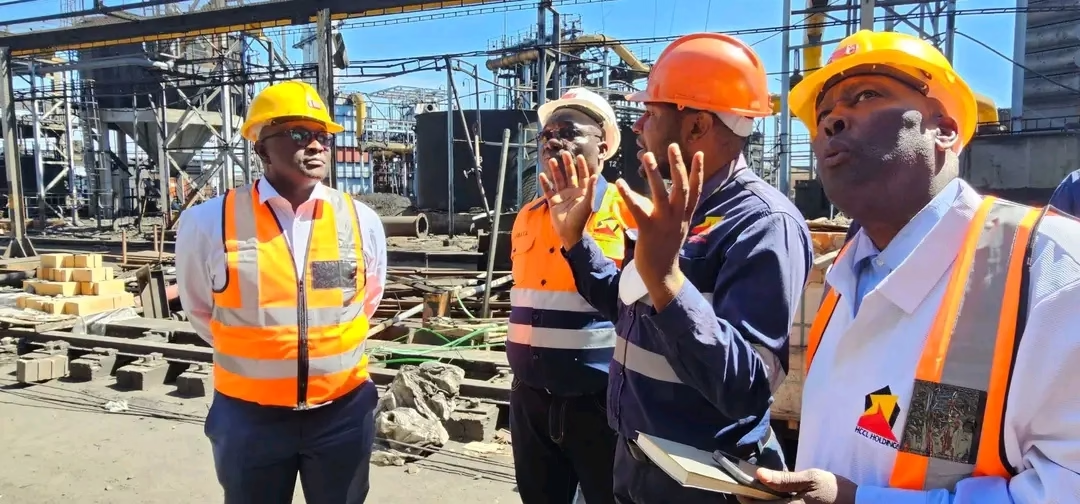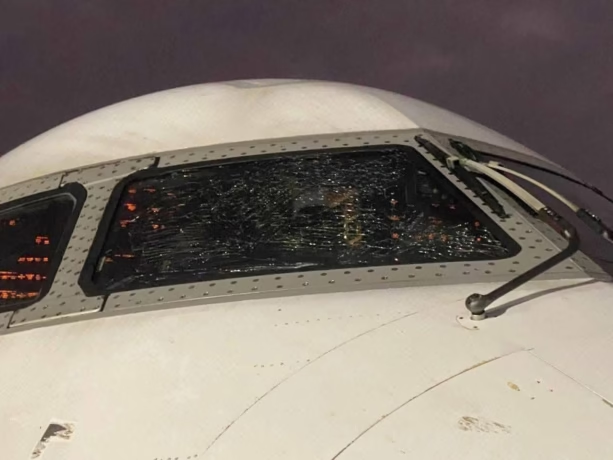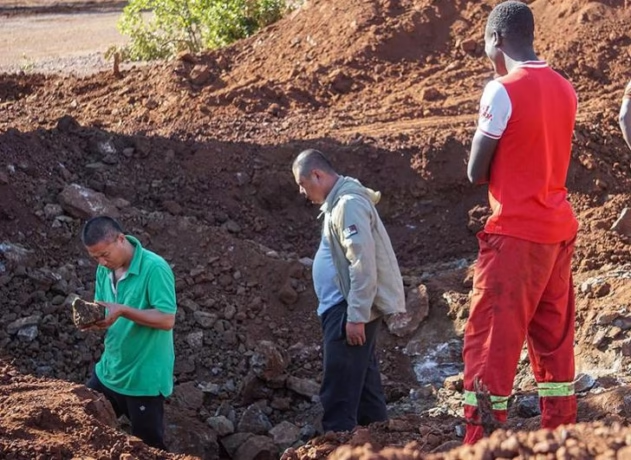
Hwange Colliery Company Limited (HCCL) is fast transforming into the beating heart of Zimbabwe’s energy and industrial resurgence, offering a compelling case study of what robust State-led recapitalisation, strategic partnerships, and bold modernisation policies can deliver under the Second Republic.
Once symbolic of the country’s waning mining fortunes, HCCL has now become a pillar of the national industrialisation agenda, core to the attainment of Vision 2030 and the National Development Strategy (NDS1), which both place energy security and beneficiation at the centre of sustainable economic growth.
During a media tour of the coal giant led by the Minister of Information, Publicity and Broadcasting Services, Dr Jenfan Muswere, company administrator Mr Munashe Mashava revealed that more than US$3.5 million has been channelled into procurement of state-of-the-art equipment. This has accelerated a major overhaul of production systems, improved operational efficiencies, and driven up national coal output.
“The recovery of the coke oven battery is now sitting at 95 percent. The next stage is preheating to reach 1 200°C, which will take 60 to 90 days. From there, we move into producing high-value by-products such as tar, bitumen, and carbon black,” Mr Mashava told journalists, underlining the company’s shift from raw extraction to beneficiation.
The advanced coke oven infrastructure positions HCCL not only as a coal producer, but as a value-addition powerhouse supplying industries, agriculture, and energy, wholly aligned to President Emmerson Mnangagwa’s vision of an export-led, industrially competitive economy.
Dr Muswere hailed Hwange’s resurgence as a “shining example of public–private success stories under the Second Republic”, revealing that production has multiplied more than ten-fold , from 500 000 metric tonnes per annum prior to 2017, to over 7 million tonnes today.
Of this output, he said, 50 percent powers Zimbabwe’s thermal electricity generation, while 25 percent feeds general industries, including fertiliser and food processing sectors, and 26 percent goes into metallurgical and foundry coke for iron and steel makers.
“Thousands of jobs, both upstream and downstream, are now being sustained by the Hwange ecosystem. The refurbishment of coke oven batteries, gas infrastructure, and procurement of new vehicles is allowing the company to drive Vision 2030,” he added.
The modernisation extends beyond brick and mortar. With growing consciousness around worker welfare and social licence, HCCL has also prioritised investment in healthcare infrastructure, including the procurement of four new dialysis machines and rehabilitation of clinical facilities to serve its employees and the surrounding communities.
Energy experts say Hwange’s expansion couldn’t have come at a better time; as the country scales up its steel sector through the Manhize plant, and pushes reforms to boost exports and substitute imports.
From a harbinger of uncertainty to a national symbol of industrial renaissance, Hwange Colliery’s ongoing transformation speaks to what is possible when strategic investment, political will and visionary national planning converge, setting the stage for Zimbabwe’s march toward becoming a modern, industrialised upper-middle-income economy.




